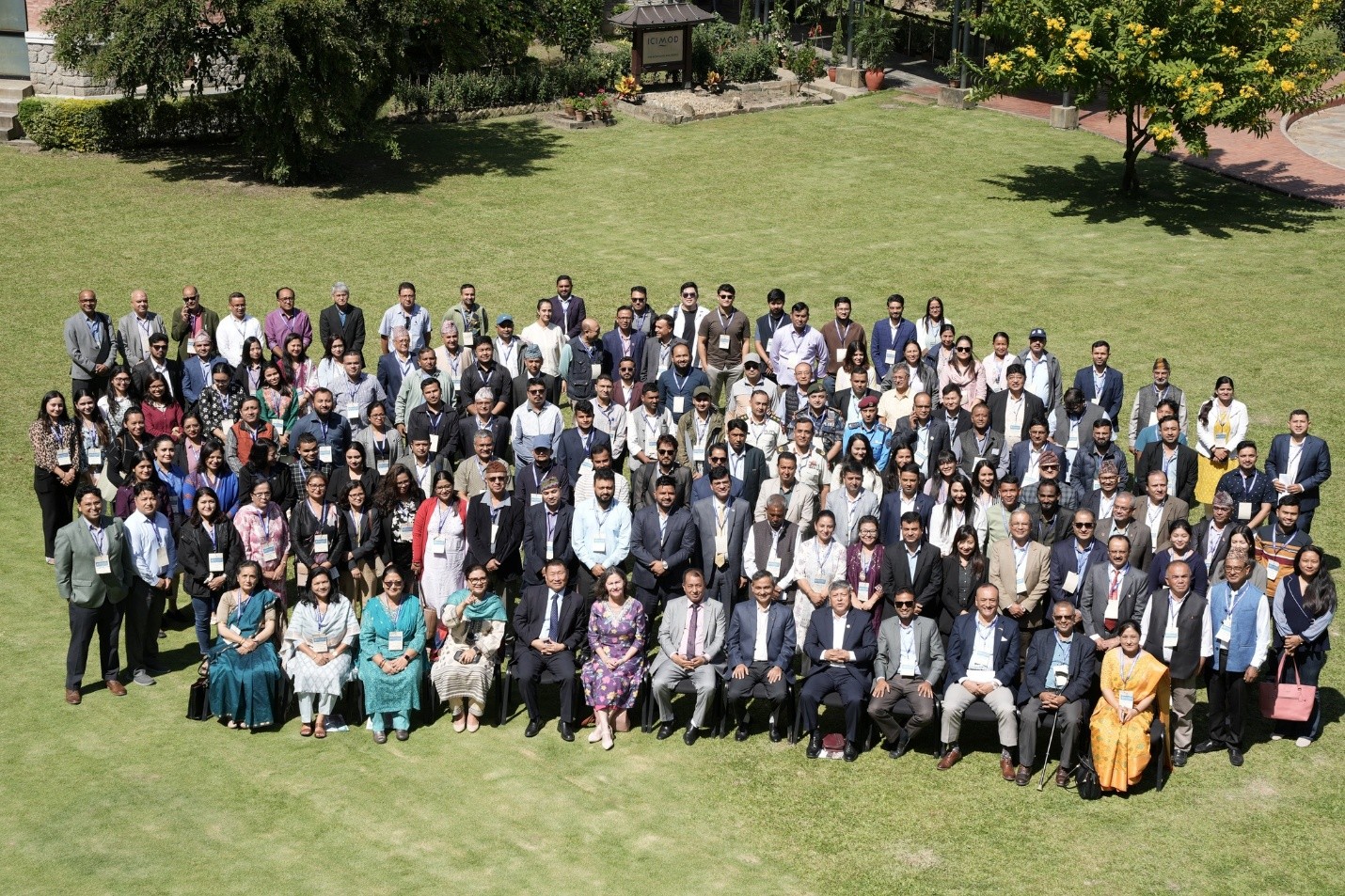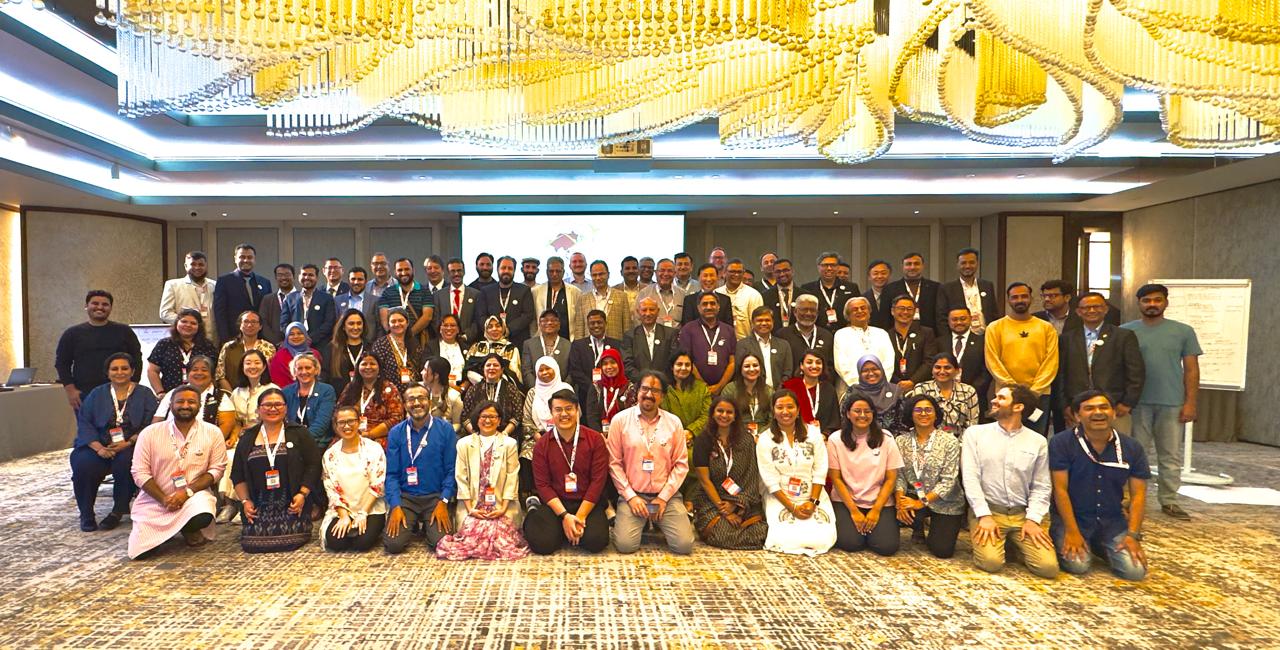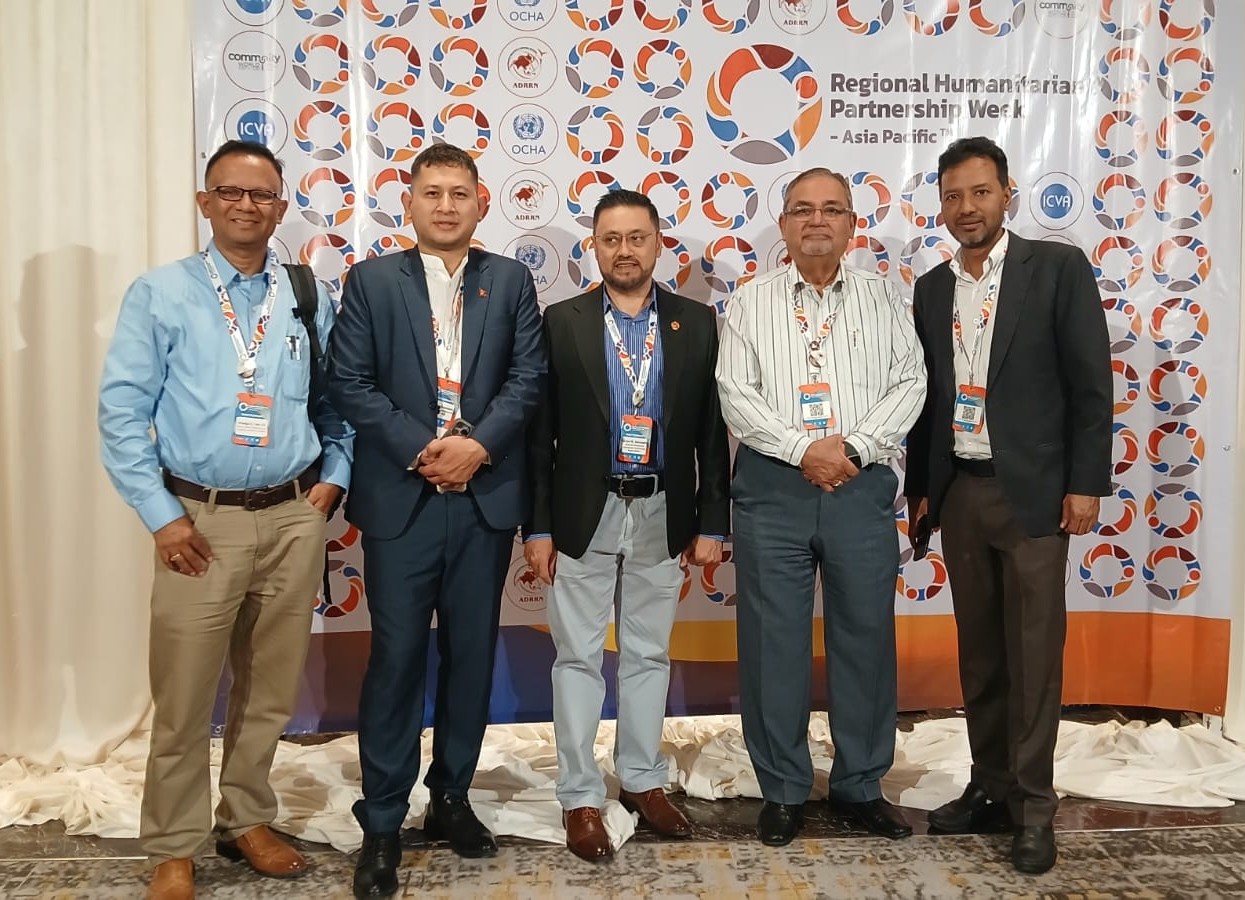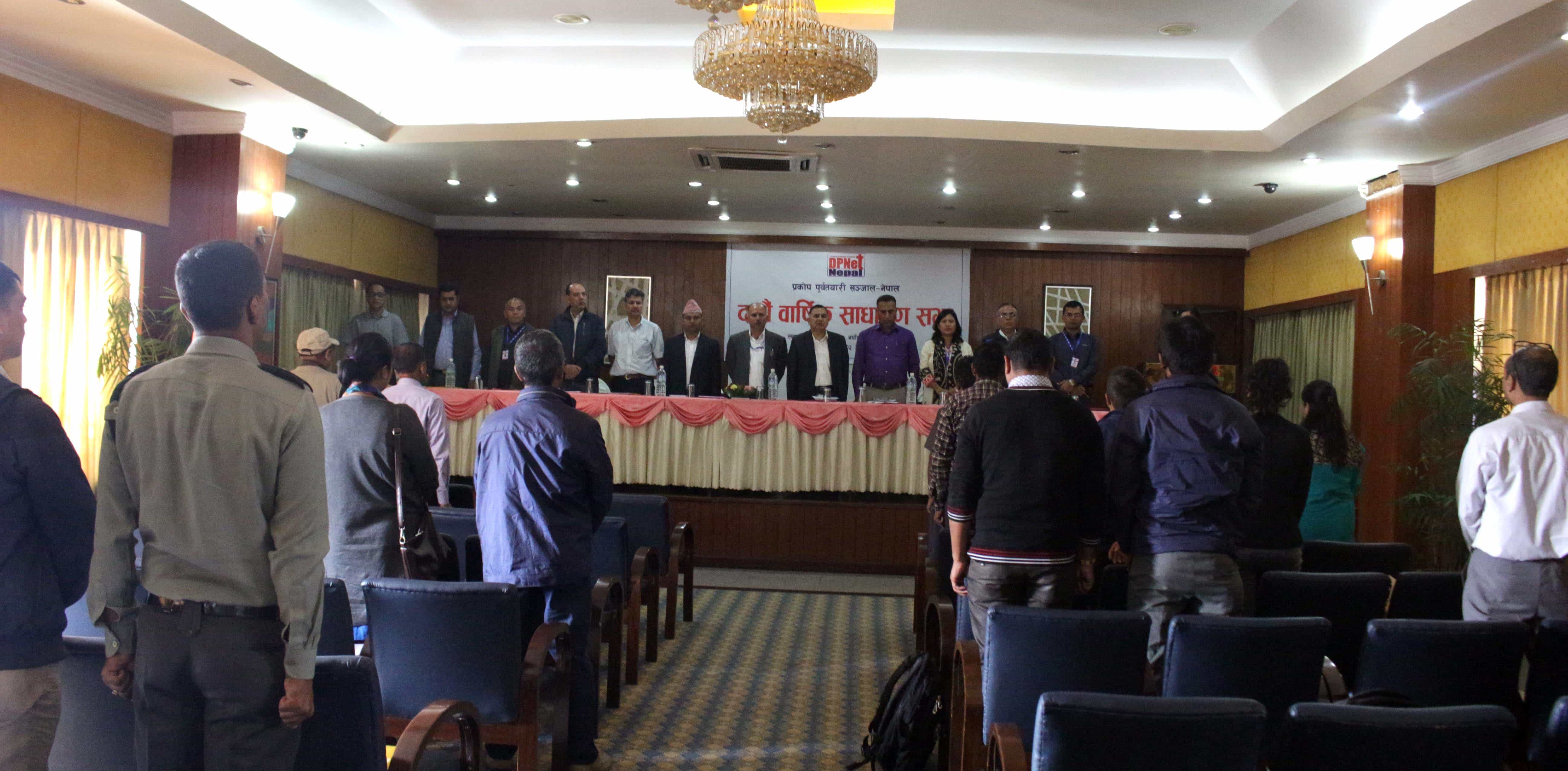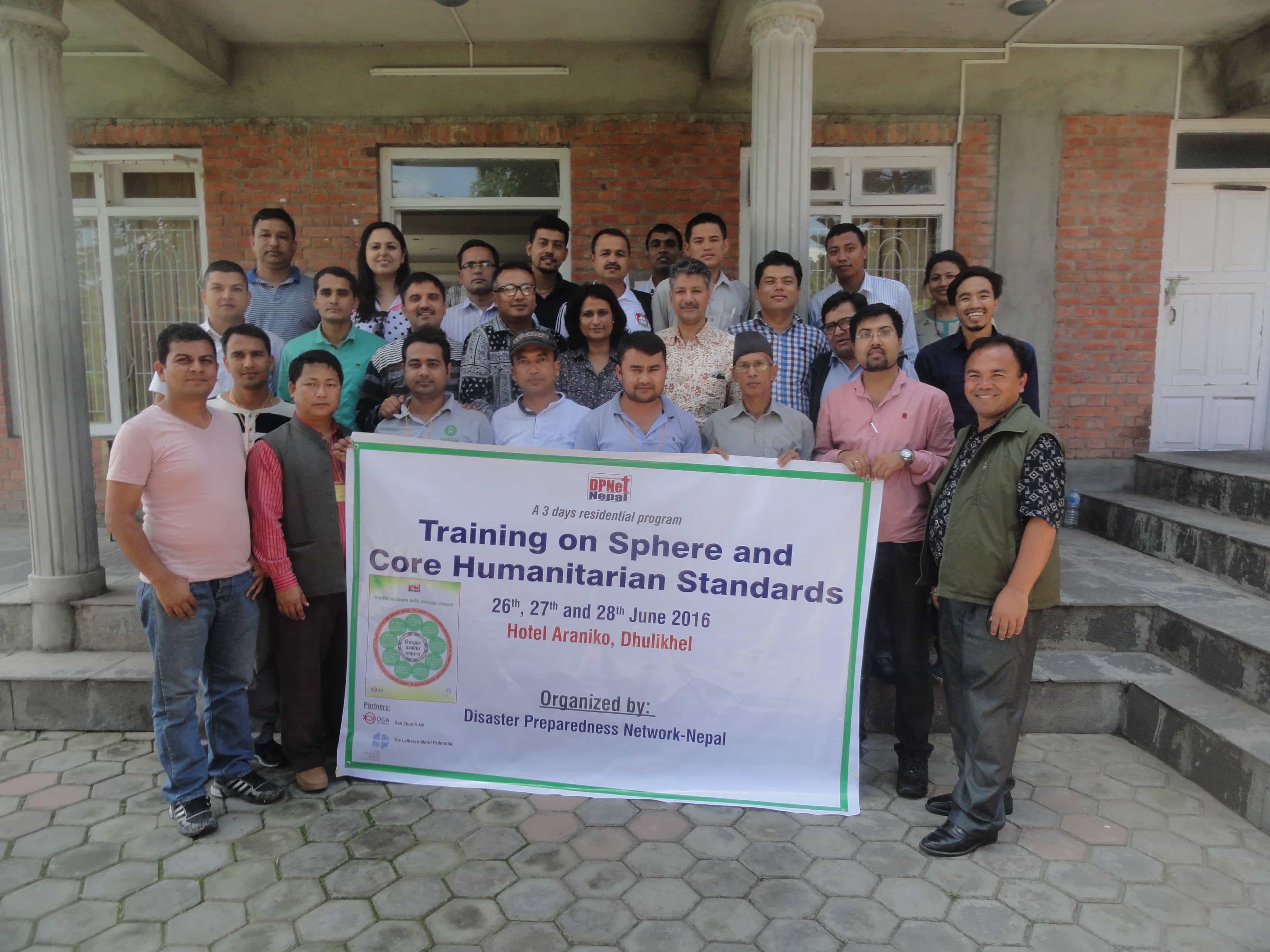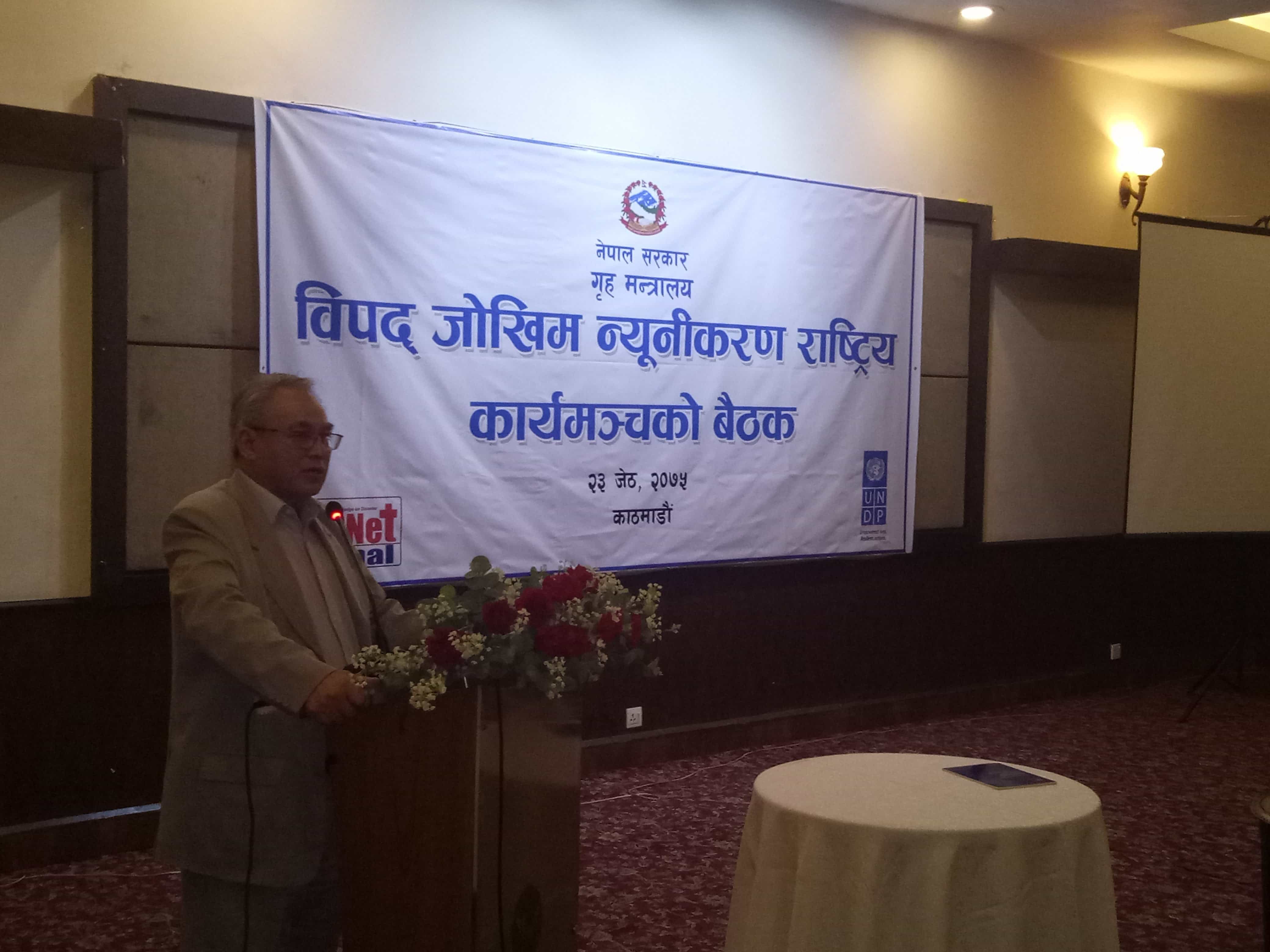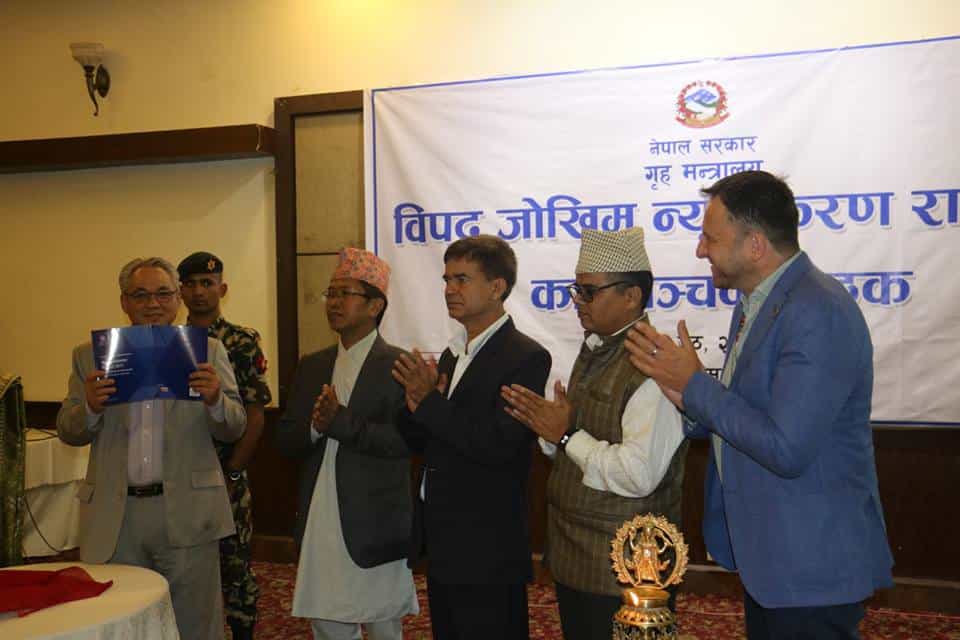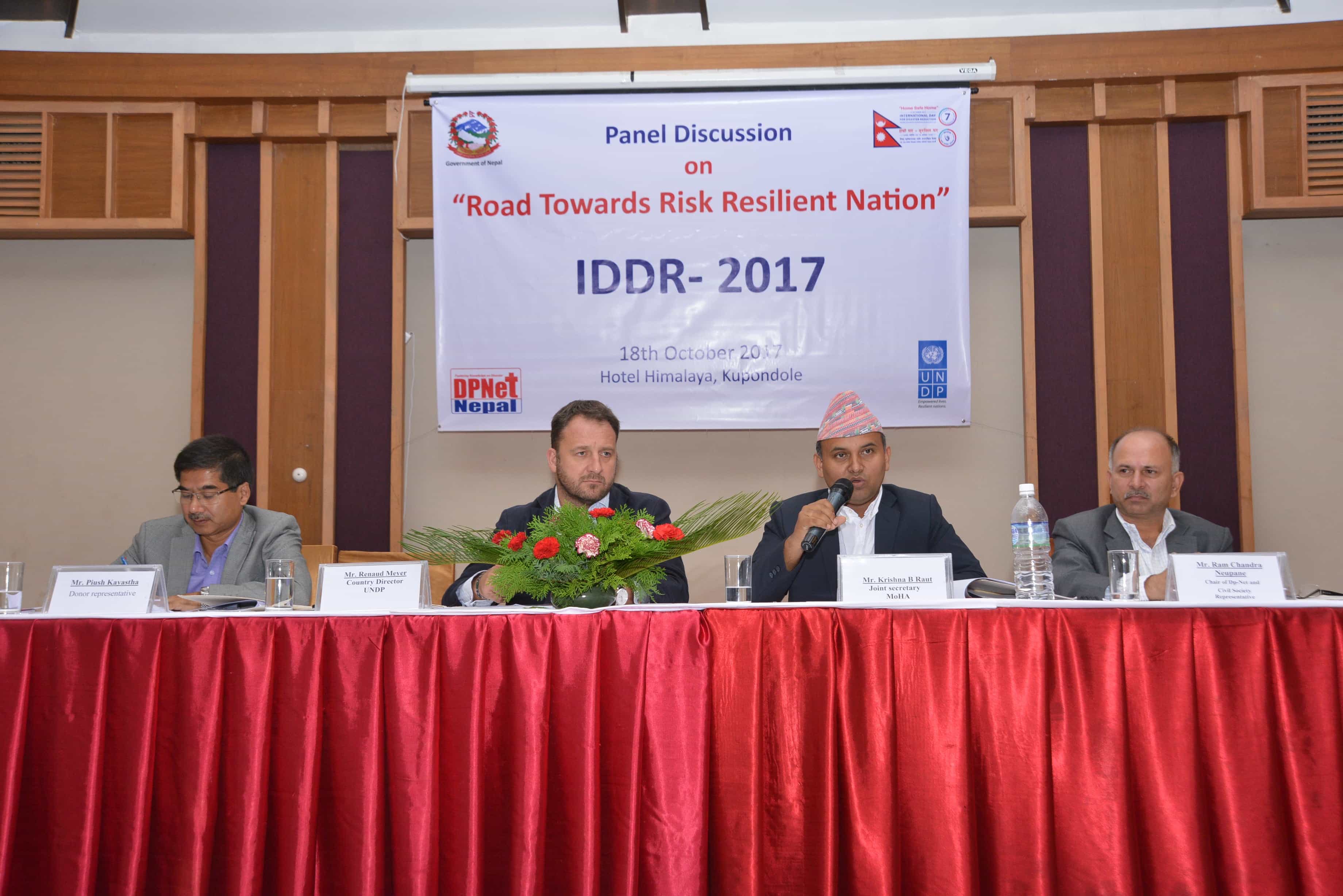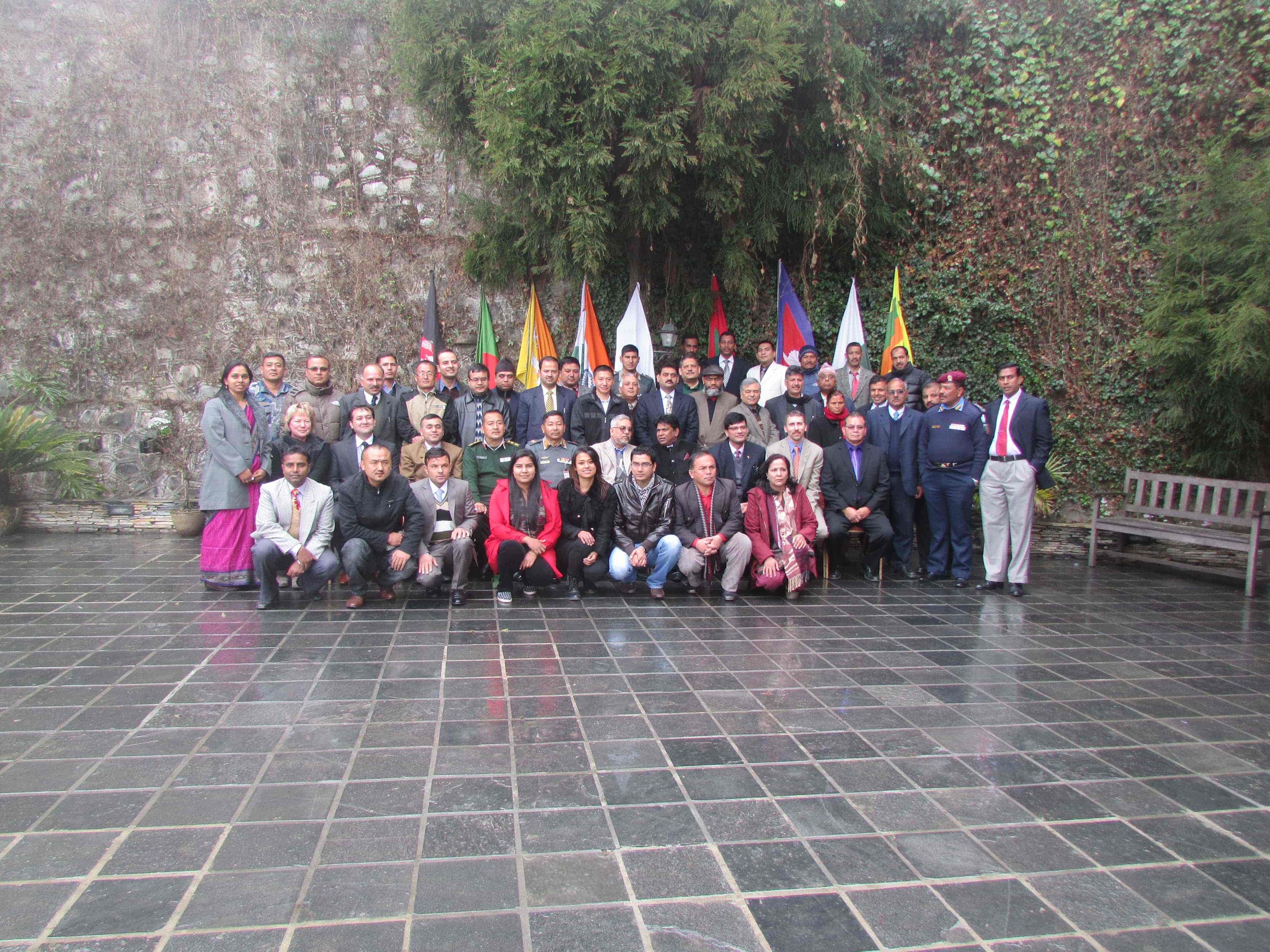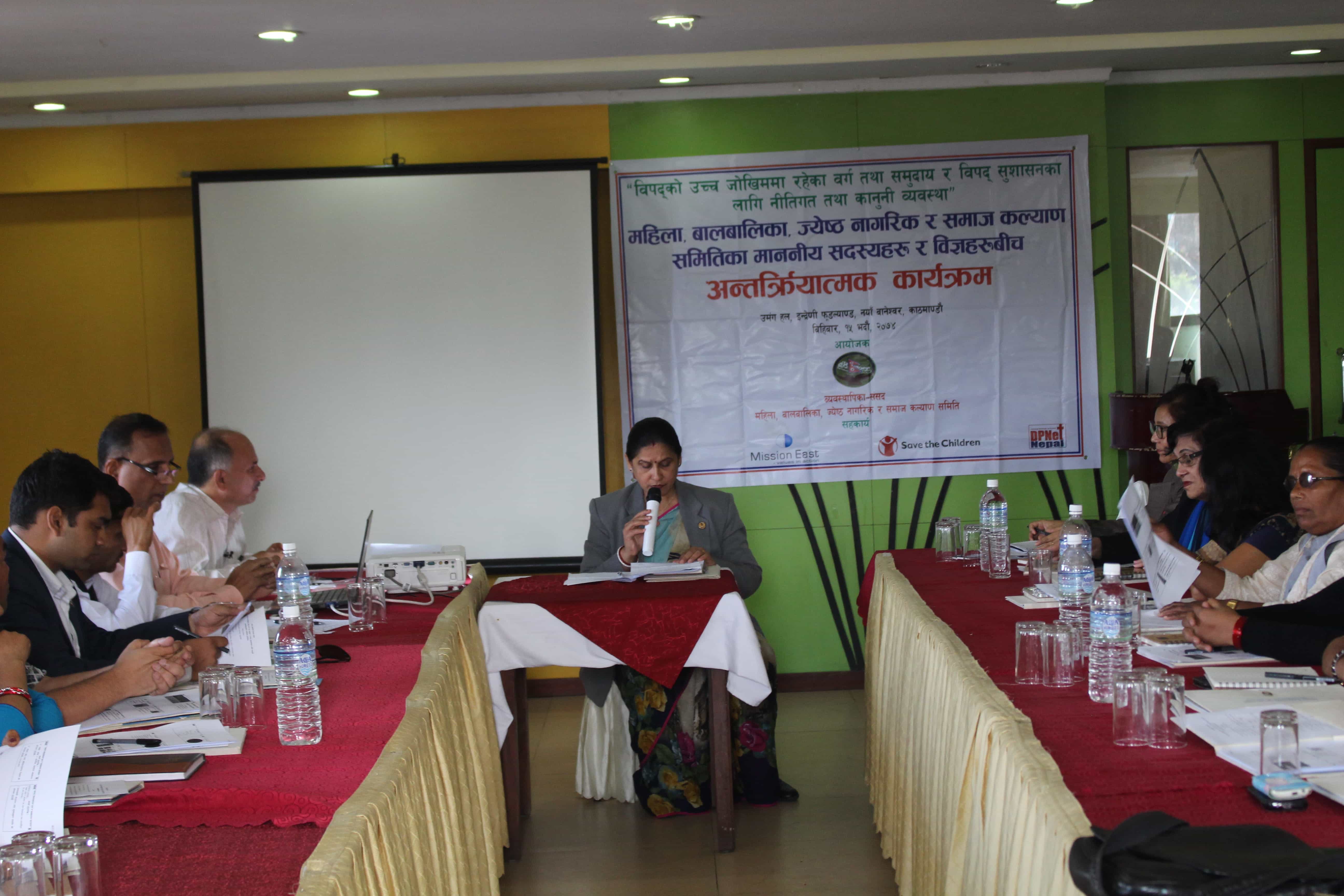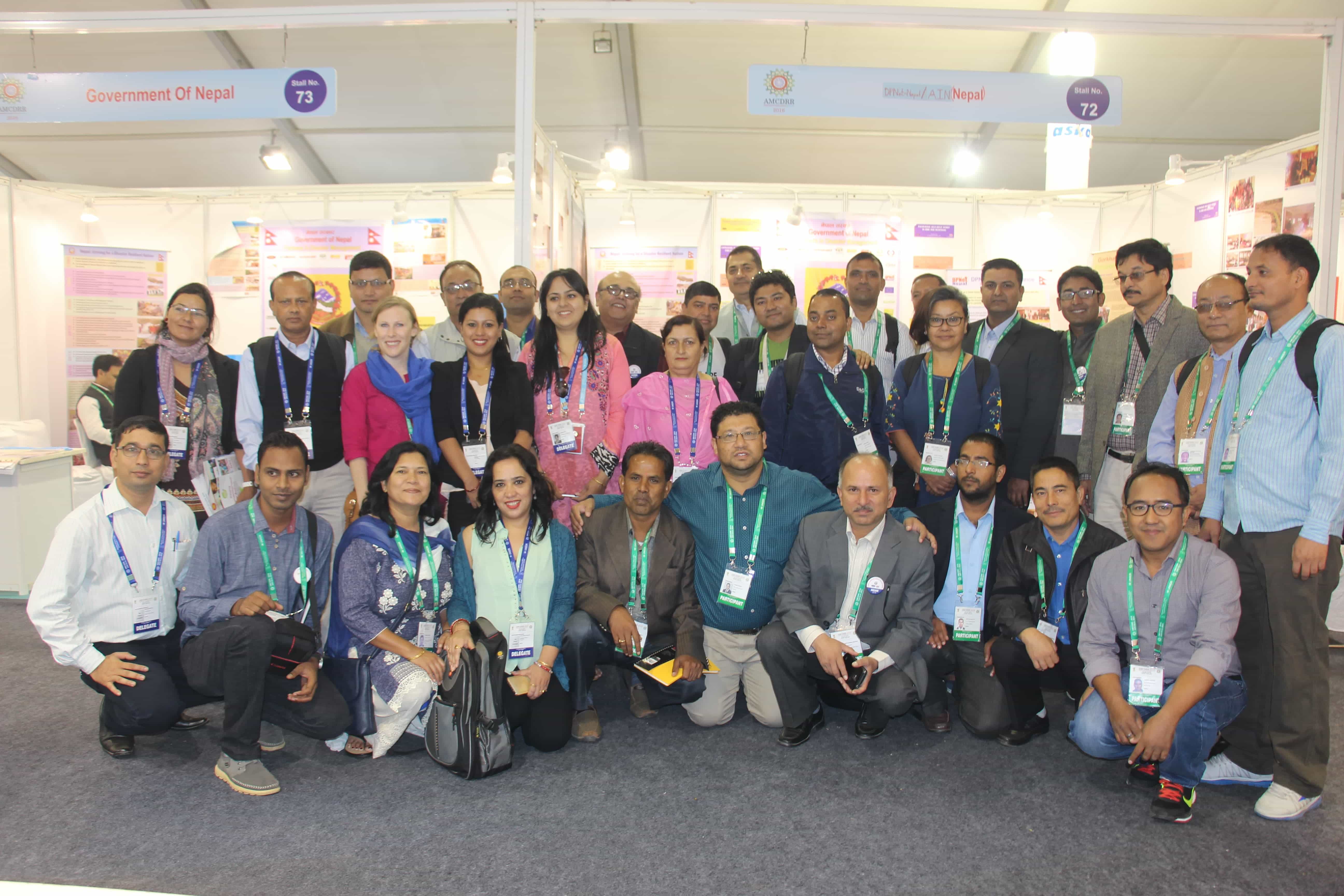Empowering Local Communities for Disaster Risk Reduction Discussed at Hetauda
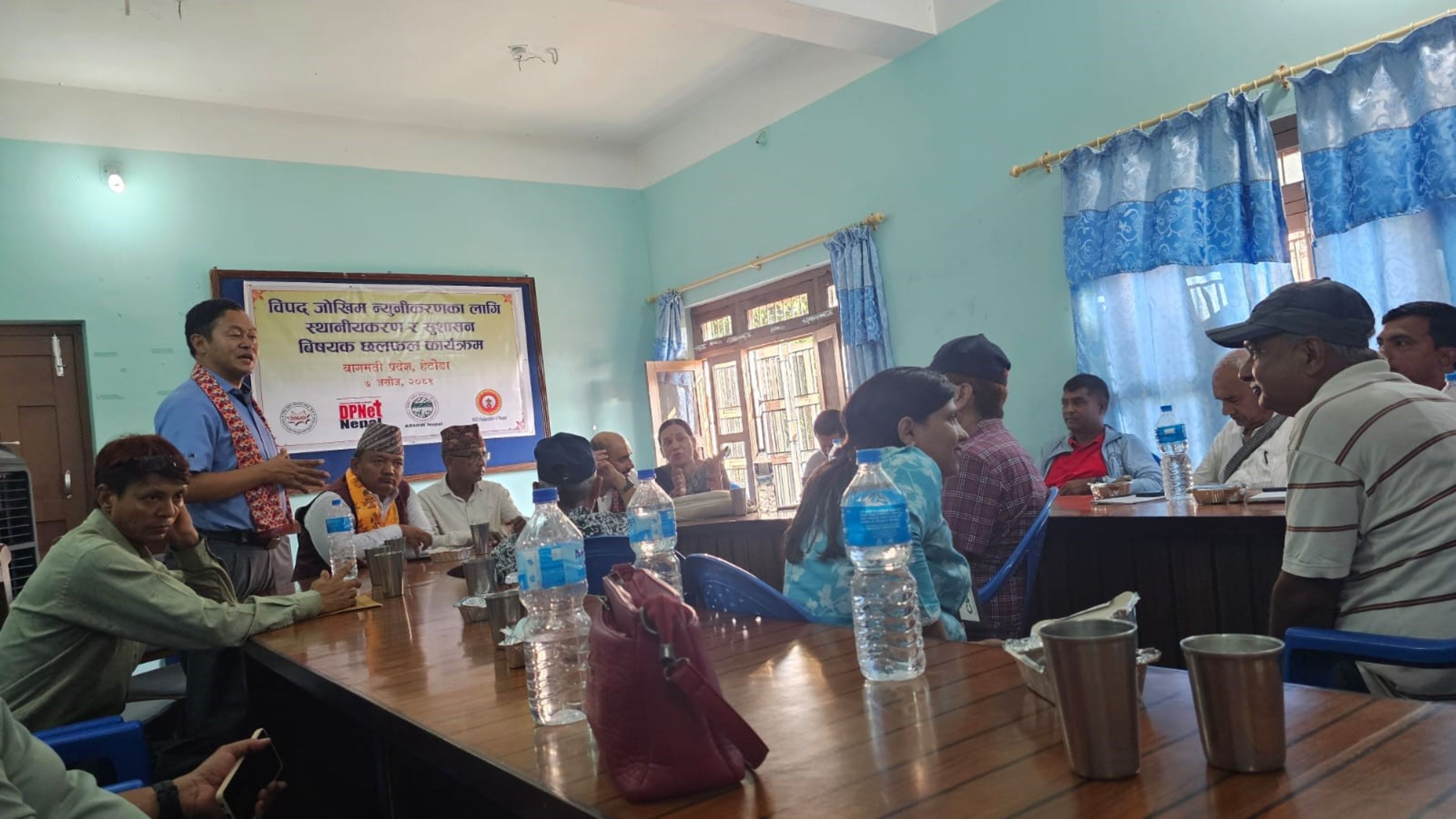
On September 23, 2024 discussion program was held on Disaster Risk Reduction localization in Hetauda, drawing attention to important issues surrounding disaster preparedness and governance at the local level. The event was chaired by Ms. Ramila Sapkota, Chairperson of the NGO Federation of Nepal (NFN) in Makawanpur. The chief guest was the Honorable Minister for Transport, Labor, and Employment, Pream Bhakta Maharjan. Among the key figures present were Chief District Officer (CDO) of Makawanpur, Tirtharaj Chiluwal, Chief of the District Coordination Committee, Lalit Glan, and Suresh Khanal, a representative from the Ministry of Internal Affairs and Law. The welcome speech was delivered by Kamal BK, Chairperson of DPNet Bagmati Province, while notable contributions came from Jitram Lama, Immediate Past President (IPP) of the NGO Federation Nepal, and Surya Bahadur Thapa IPP of DPNet and DiMaNN Chair, whose presentation centered on the theme of localizing DRR and improving DRR governance.
In his address, Thapa highlighted the crucial role of DPNet and DiMaNN in advancing disaster risk reduction initiatives across Nepal, focusing particularly on policy advocacy and coordination. He highlighted the importance of the National Platform for Disaster Risk Reduction (NPDRR) and discussed how it serves as a vital mechanism for fostering collaboration between government agencies and other stakeholders. The discussion at the event revolved around pressing issues such as empowering local communities, ensuring adequate budget allocations for DRR, enhancing policy monitoring, and promoting transparency and accountability in disaster management. These concerns were echoed by various stakeholders who agreed that a more participatory planning and monitoring process is necessary to address the gaps in DRR efforts at the grassroots level.
The need for stronger involvement of local governments in disaster management was repeatedly emphasized during the discussion. Participants stressed the importance of DRR mainstreaming, meaning the integration of disaster risk reduction into broader development planning. This approach, they argued, would help ensure that disaster preparedness is not treated as a standalone issue but is embedded into all aspects of governance and policy. Similarly, the formation of multi-stakeholder platforms like NPDRR was seen as essential to bringing together various actors from different sectors to collaborate on disaster resilience initiatives.
Another major point raised was the capacity enhancement of local leaders and governments. As disasters often disproportionately affect the most vulnerable populations, such as poor families, women, the elderly, and people with disabilities, the need for training and exposure programs for local leaders was deemed critical. Strengthening the capacity of local authorities, it was argued, would enable them to respond more effectively to disaster risks and improve overall resilience in their communities. This ties into the broader call for enhanced coordination and networking among all stakeholders, including government bodies, civil society organizations, and the private sector.
Social inclusion was another focal point of the discussions. Participants argued that disaster management efforts should be more inclusive, with particular attention given to marginalized groups. Social audits and public hearings were identified as important mechanisms for ensuring that DRR programs are transparent, accountable, and inclusive. It was also suggested that feedback mechanisms should be established to allow community members to voice their concerns and contribute to the planning and implementation of disaster risk reduction initiatives.
Budget allocation for disaster management was a recurring theme, with many participants calling for increased financial investment in DRR at both the local and national levels. It was noted that while there has been progress in developing DRR policies, the lack of funding continues to hinder effective implementation. This issue is closely related to the need for better policy advocacy and monitoring, as ensuring that allocated budgets are used efficiently and transparently remains a challenge.
Early warning systems were also discussed as a key area requiring improvement. Participants called for more efforts to develop and implement early warning mechanisms that could help communities prepare for impending disasters. Alongside this, there were calls for stronger coordination between different stakeholders to ensure that DRR efforts are aligned and complementary, rather than fragmented and inefficient.
The event concluded with a focus on the future of DRR in Nepal, with several participants urging the government and civil society to take immediate action to address the gaps identified during the discussion. Training and capacity-building initiatives, enhanced coordination among stakeholders, and a stronger focus on policy advocacy and monitoring were seen as critical steps toward building a more resilient Bagmati Province.
